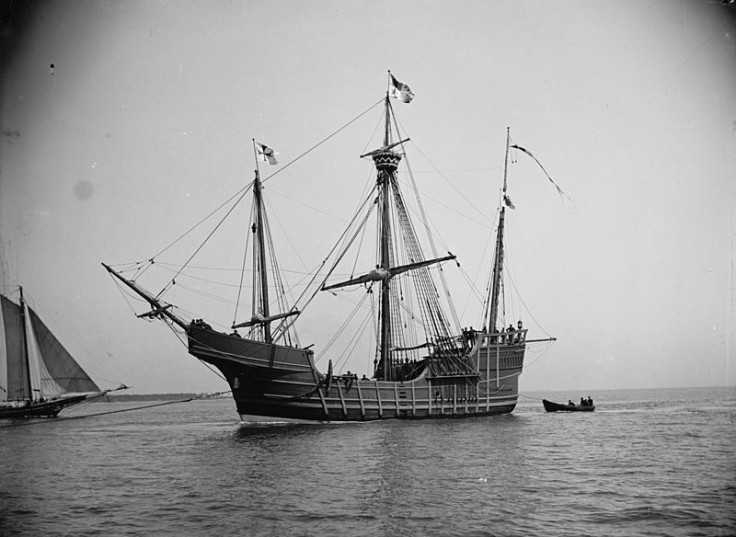Wreckage Of Long-Lost Santa Maria Found? Shipwreck Near Haiti Could Be Columbus’ Famed Ship

A shipwreck discovered near Haiti could be the long-lost Santa Maria, the flagship of Christopher Columbus’ famed fleet, researchers revealed Tuesday.
Three ships under Columbus’ command departed Spain in August 1492 with the intent of finding a westward route to China and India. Only two returned to Europe. The Santa Maria, the largest of the three, is said to have sunk somewhere in the Caribbean Sea, but its final resting place has long been a mystery.
According to underwater archaeologist Barry Clifford, who discovered the newly identified wreck in 2003, its location on a reef near Haiti’s northern coast matches a description in Columbus’ diary of where the Santa Maria ran aground. Furthermore, rocks recovered from near the shipwreck came from the same part of Spain where the Santa Maria’s ballast stones -- stones whose weight helped stabilize empty ships -- would have come from.
"All the geographical, underwater topography and archaeological evidence strongly suggests that this wreck is…the Santa Maria," Clifford told the Independent. "The Haitian government has been extremely helpful -- and we now need to continue working with them to carry out a detailed archaeological excavation of the wreck."
When Clifford investigated the wreck in 2003, one of the items his team spotted was a cannon. It wasn’t until a few years ago that archaeologists realized that the cannon they had seen and photographed was of 15th century design and would have been in use during Columbus’ time.
That realization prompted Clifford to return to the site of the wreck a few weeks ago to measure and survey the sunken ship. Unfortunately, the cannon that sparked the recent investigation had gone missing, most likely having ended up in the hands of looters.
According to historians, the Santa Maria ran aground on Christmas Day, 1492, off the coast of Haiti. The ship measured about 62 feet long.
Marine magnetometer scans showed that the shipwreck found near Haiti is the same size as the Santa Maria, the Independent reported. Archaeologists believe that a proper excavation could allow them to remove and conserve the vessel’s remains, possibly as a permanent exhibition in Haiti.
“I believe that, treated in this way, the wreck has the potential to play a major role in helping to further develop Haiti’s tourism industry in the future,” Clifford told the Independent.
© Copyright IBTimes 2024. All rights reserved.






















